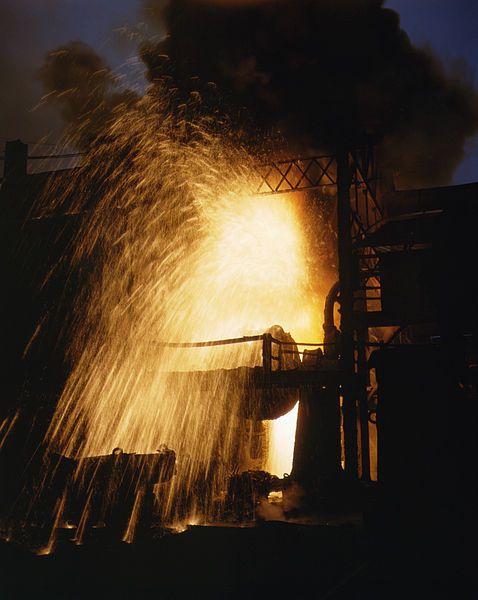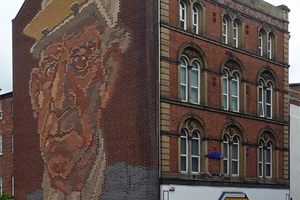About
This is one of the last three Bessemer steel converters left in the world.
Before the Bessemer process, steel was made by adding carbon to very low carbon wrought iron by a very slow diffusion process (the blister process and crucible process). Wrought iron itself was slow and expensive to make. The key to the Bessemer process is that, like all modern mass steel production processes, it works by removing carbon from molten (very high carbon) cast iron by oxidising the carbon content. This produces steel with an intermediate and controlled amount of carbon. This can be "tuned" from low carbon mild steel, which is good for general use, to high carbon steel for edge tools and weapons.
The invention of this process in 1856 by Henry Bessemer allowed large quantities of iron to be easily converted to steel for the first time and Sheffield became the world centre of mass steel production. Before this process was developed steel production was measured in pounds per week, but with the new process seven tons of steel could be made in 30 minutes.
Steel from the Bessemer process was also used to produce wrought iron by the Aston process but because of improvements in the quality of mild steel (and the high cost of wrought iron) steel eventually totally displaced wrought iron and the last wrought iron manufacturing plant in the world (in Bolton , UK) closed in 1973.
Built in the early twentieth century, this one was the last working converter in Britain and was in use until 1974. It was brought to the Kelham Island Museum in Sheffield in 1978.
Related Tags
Community Contributors
Added By
Published
May 25, 2016

























